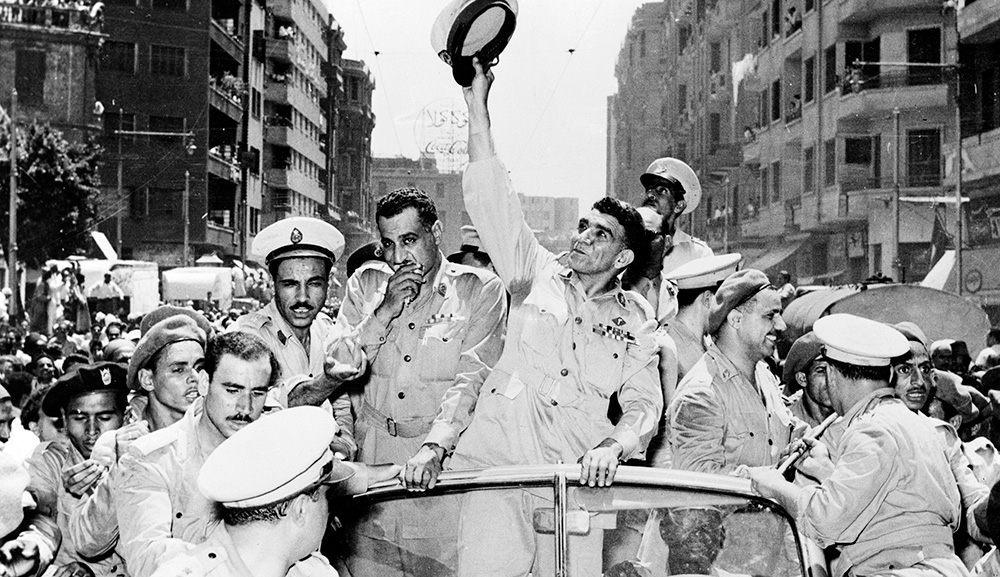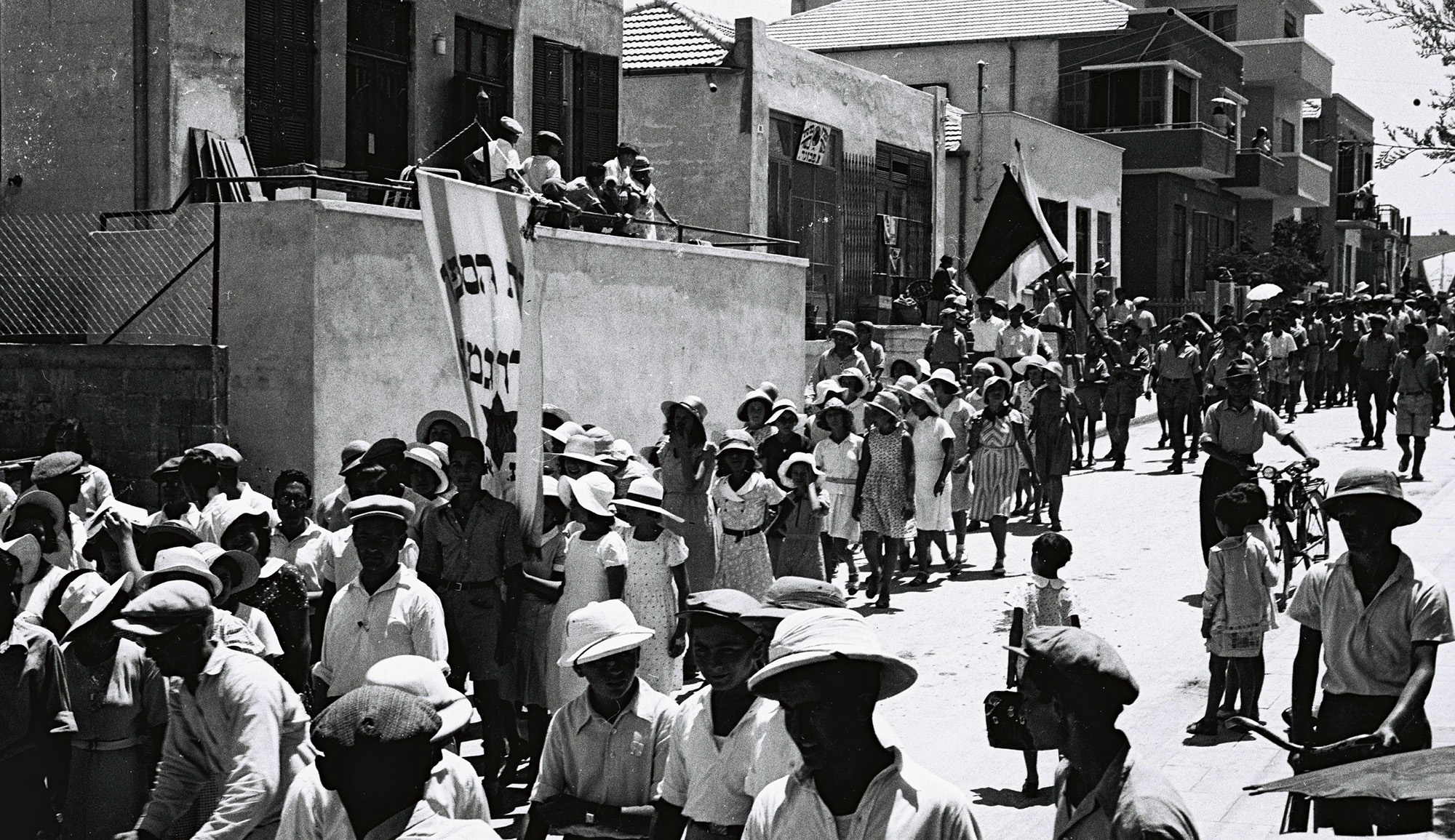The 1936 Olympics Games, held in Berlin, are best remembered for the American athlete Jesse Owens’ impressive performance, which undermined Hitler’s claims of Aryan physical supremacy. But earlier, the International Olympic Committee had also informed the Third Reich that it couldn’t host the games if it didn’t allow Jews to play, and the Americans likewise threatened a boycott. So the Nazis consented to allow two Jewish female athletes to participate in try-outs. A new off-Broadway play tells their stories. Bruce Chadwick writes in his review:
Helene Mayer, born in 1910 outside of Frankfurt, was one of the greatest fencers ever to live, named one of the top 100 women athletes of the 20th century by Sports Illustrated. She was defeating boys at age ten and at just thirteen won the first of her six German national championships. . . . Hitler, who had promised Germany a “Jew-free” Olympics, was, under enormous pressure, forced to relent and Helen was invited to try out for the fencing squad. She made the team, the only Jew in the entire German delegation.
Henry Naylor’s impressive play stars two women, Lindsay Ryan as [Helene] Mayer and Renita Lewis as the Jewish high jumper Gretel Bergmann, who was also invited to try out but did not make the German team. Both give devastating portrayals of the two women athletes who found themselves standing in the vortex of history that summer in 1936.
Helene, [born to a Jewish father and Lutheran mother], fled the Nazis in 1935 and worked at Mills College in California. . . . She knew that she was in for a political whirlwind if she accepted the Nazi invitation to try out for the team, but did so anyway. She had insisted throughout her life that fencing, like all sports, was above politics and that she had to go to the Berlin Olympics for that reason.
Read more at History News Network
More about: 1936 Olympics, Anti-Semitism, Nazi Germany, Theater


